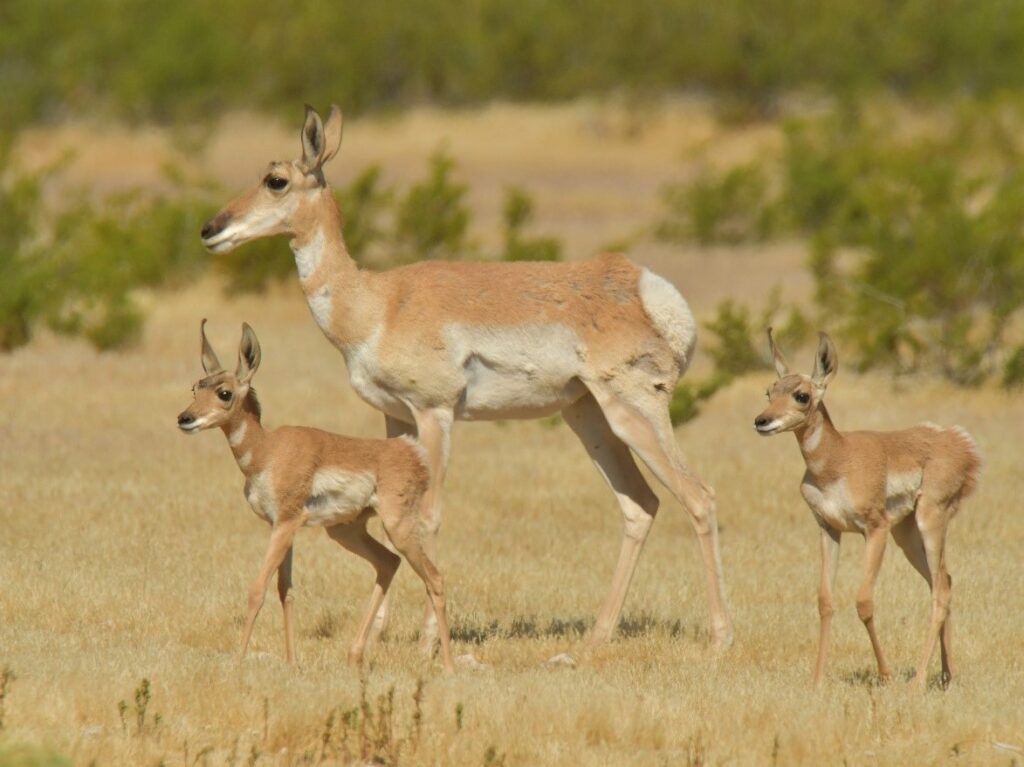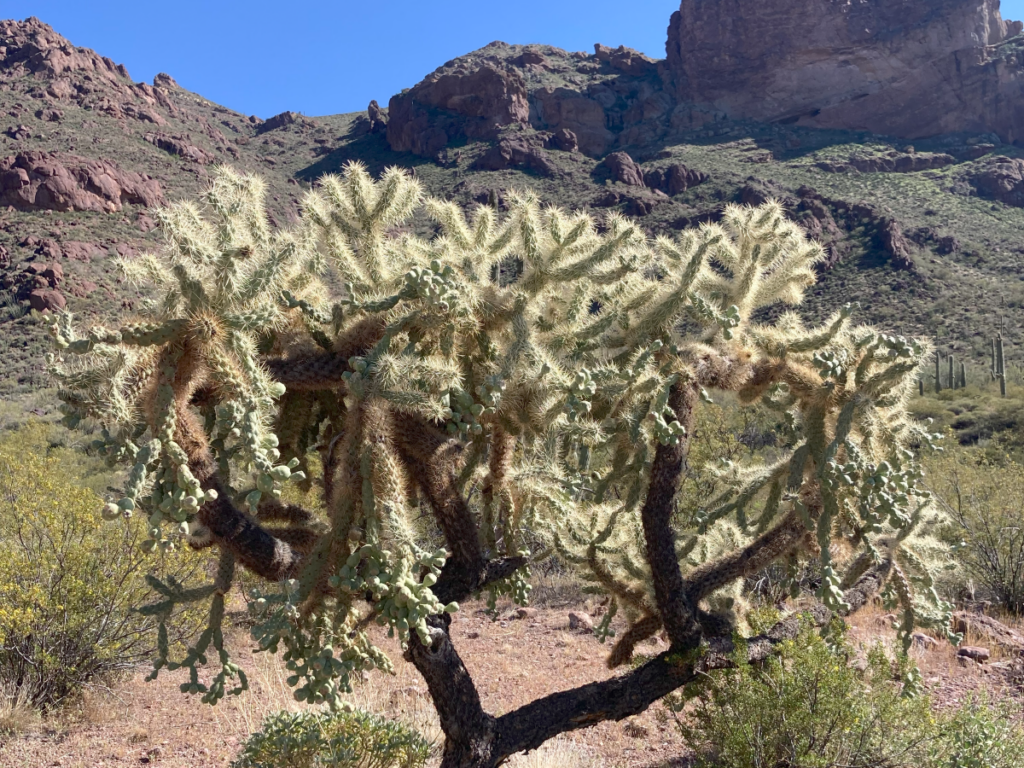
What does wildlife know of human-made borders? Often, not much; animals generally navigate landscapes without regard for county, state, or country lines—unless impacted by factors such as hunting pressure or habitat loss. Human-made lines on a map don’t necessarily affect wildlife. But what about roads and fences—physical barriers that interrupt their paths? In the case of the endangered Sonoran pronghorn, these barriers are stark realities that threaten their long-term survival.
The Sonoran pronghorn, a subspecies of the American pronghorn and the fastest land mammal in North America, faces numerous challenges. Known as the “desert ghost” for its elusive and skittish behavior, this species is smaller and lighter in color compared to its more common relative, uniquely adapted to thrive in the arid conditions of the Sonoran Desert. Spanning 120,000 square miles across southwestern Arizona, southeastern California, and the Mexican states of Baja California and Sonora, the Sonoran Desert is the hottest desert in both Mexico and the United States, featuring a diverse range of flora and fauna adapted to its hot, arid climate.
Connectivity is the Key to a Full Population Rebound
The Sonoran Pronghorn was first listed as endangered in 1967, and then the Arizona population suffered a severe decline due to a drought in 2002 that wiped out 80% of collared pronghorns, reducing their numbers to just about two dozen individuals. The lack of ecological connectivity between herds—the inability of pronghorns to move freely across the landscape to find food, water, and mates—exacerbated this decline. Individual pronghorns were not able to adequately move in search of water and forage, which contributed to the severe population drop. Now, efforts to enhance connectivity and ensure populations are connected are more crucial than ever.
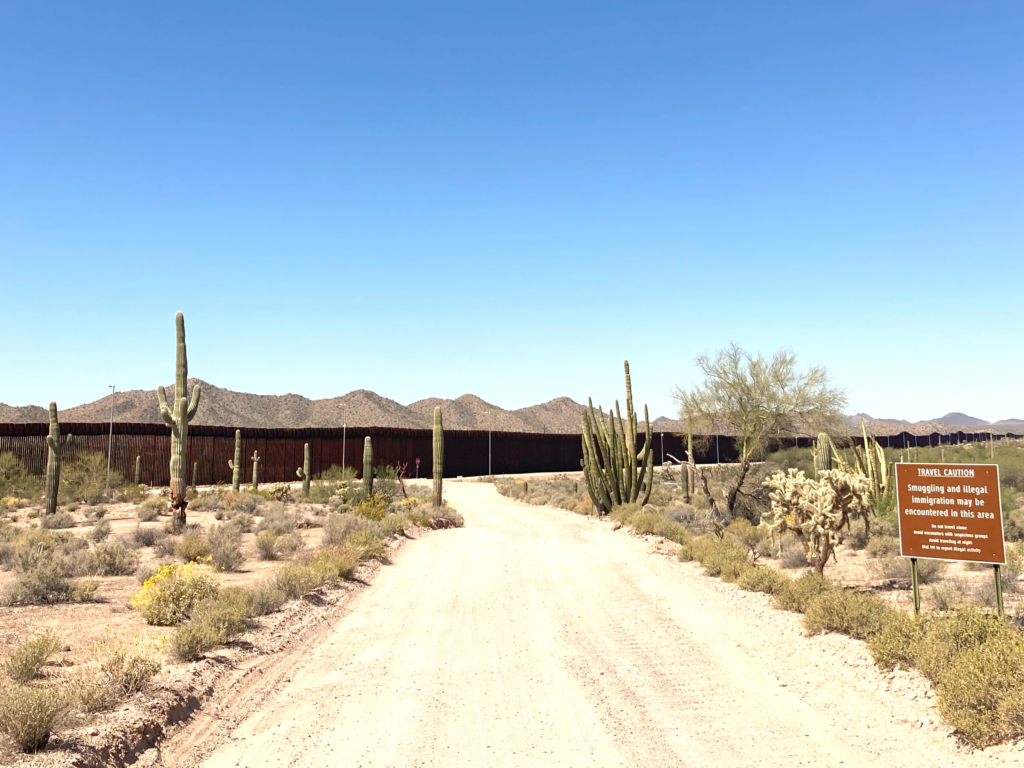
Restricted to the southwestern corner of Arizona and northwestern Sonora, Sonoran pronghorns exhibit nomadic behavior, moving in response to rainfall and forage availability. In the US, more attention has been paid to the challenges faced by the Arizona subpopulations, such as climate change, habitat fragmentation, and physical barriers like roads, fences, and the border wall. In Mexico, the subpopulations face additional unique challenges, including a lack of protected areas and increased pressures from hunting.
The presence of the US-Mexico border wall exacerbates these challenges, further isolating the populations on both sides of the border. The wall disrupts traditional migration routes, impedes gene flow, and increases the difficulty of managing the multiple populations. Gene flow is crucial for maintaining genetic diversity and preventing inbreeding, which can lead to reduced fitness, increased susceptibility to diseases, and other negative consequences. This physical barrier complicates efforts to ensure ecological connectivity, making a full species approach all the more critical.
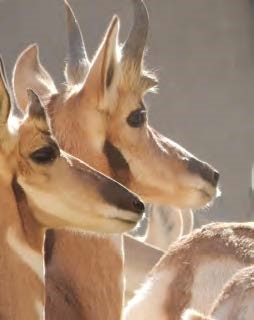
Today, the remaining and reintroduced Sonoran pronghorn herds exist in isolated management units, or designated areas where wildlife populations are monitored and managed to ensure their survival and growth. In Mexico, there are two management units with approximately 600 individuals. In Arizona, three management units host around 525 individuals.
This population growth is a result of significant conservation measures driven by the Sonoran pronghorn recovery team that involves multiple individuals and agencies, including the United States Fish and Wildlife Service (USFWS), Arizona Game and Fish Department (AZGFD), researchers, and various federal, state, and nonprofit organizations. Their efforts include a captive breeding program, yearly relocation of individuals to supplement herds, habitat restoration, provision of a water supply, and ongoing monitoring and management. While these investments have led to some population rebound, the Sonoran pronghorn’s recovery is imperiled if the isolated populations are not connected so that they are able to interbreed and shift their ranges in response to climate change, especially as drought events continue to worsen.
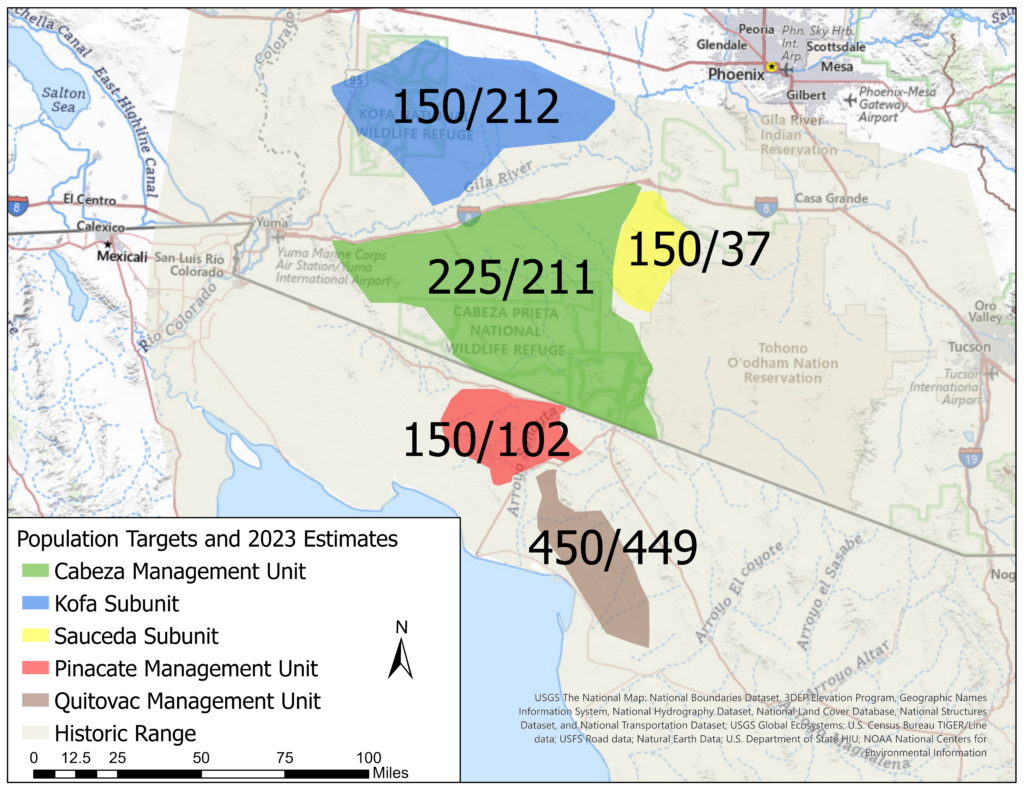
Workshop Attendees Strategize for the Sonoran Pronghorn’s Future
The need for increased connectivity of these isolated subpopulations is recognized and emphasized in the Sonoran pronghorn’s recovery plan. The Center for Large Landscape Conservation (CLLC) is working with federal and state wildlife agencies to advise on strategies to improve habitat connectivity and mitigate human disturbances that impact pronghorn behavior and habitat use.
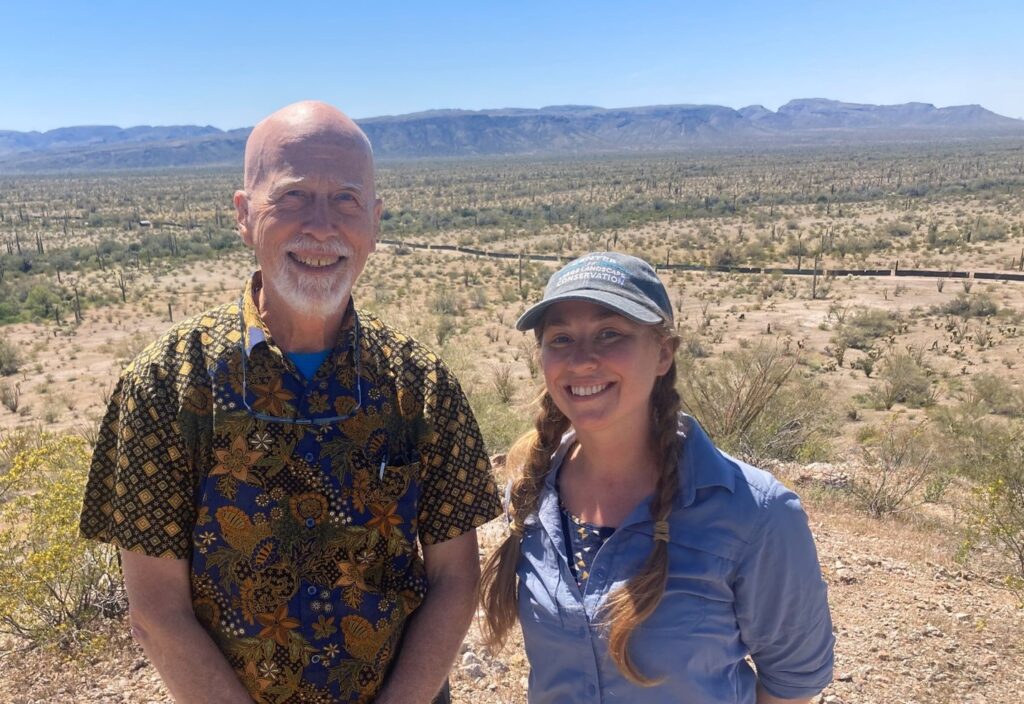
In March 2024, with support from the National Park Service and USFWS, CLLC organized the Sonoran Pronghorn Connectivity Workshop in Ajo, Arizona, at the Cabeza Prieta National Wildlife Refuge. The workshop was led by CLLC’s Conservation Science Specialist Jamie Faselt along with CLLC’s Conservation Research Advisor Dr. Paul Beier. It sought to engage rightsholders and interested parties (e.g., government organizations, NGOs, Tribal communities) in a forward-thinking project to advance the Sonoran pronghorn’s long-term recovery and eventual delisting from the Endangered Species List.
Workshop participants from diverse US- and Mexico-based engaged in meaningful discussions about pronghorn habitat areas, movement barriers, and climate impacts. They mapped known movement pathways, highlighting the need to address barriers that obstruct pronghorn movement, such as highways and fences. The workshop also underscored the importance of data sharing, constituent engagement, and international cooperation.
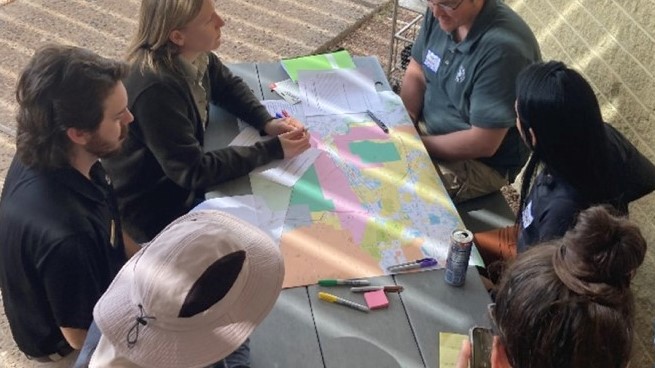
“Conducting multi-country connectivity planning poses unique challenges, such as differences in available data types,” explained workshop leader Faselt. However, there was widespread acknowledgment at the workshop that broadening the project scope to the Sonoran Desert Biosphere Region, including subpopulations in Sonora, is essential to address the need to reconnect the isolated populations of the pronghorn.
UNESCO Biosphere regions are designated areas with exceptional biodiversity, natural, and cultural resources and can be a great tool in managing populations of species that cross jurisdictional boundaries to survive. The biosphere designation provides a framework for communities and land managers to collaborate on preserving the unique benefits a biosphere region holds.
“Our approach, in working cross-boundary, focuses on the species rather than borders, which is the main purpose here,” said Faselt.
“Nature knows no borders, and the Sonoran pronghorn is no exception,” added Faselt. “By working together, we bolster our chances of success in saving this vital species.”
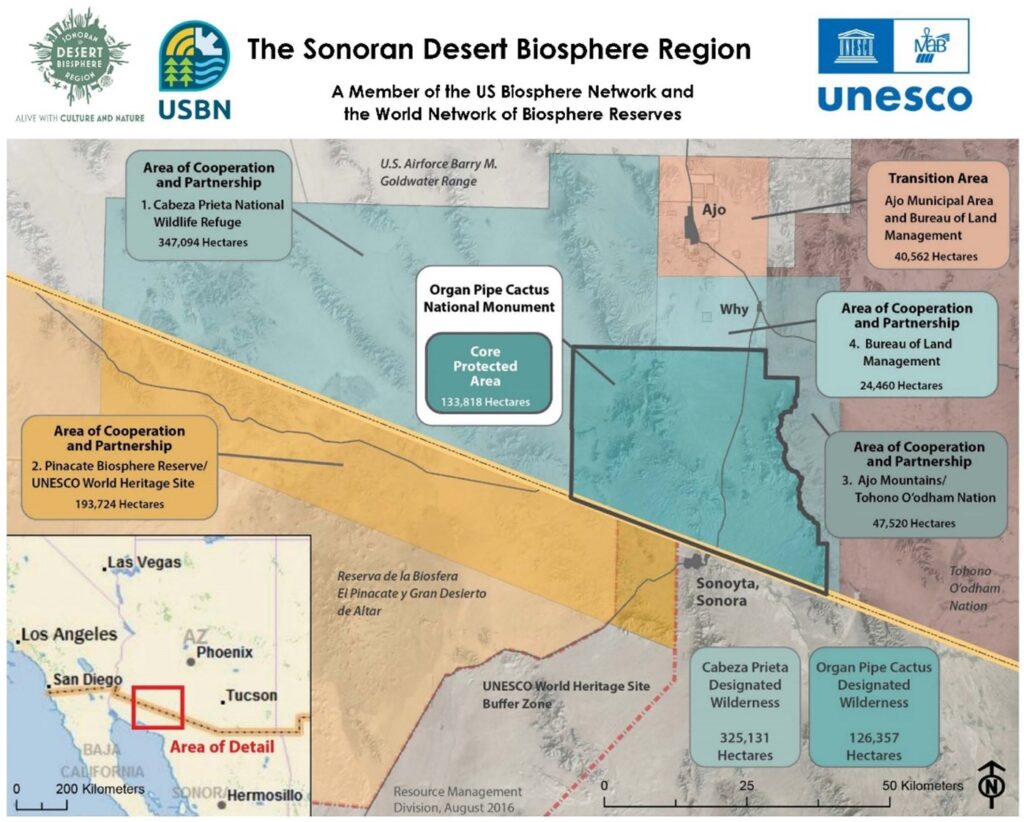
Looking Ahead: Creating a Plan for Success
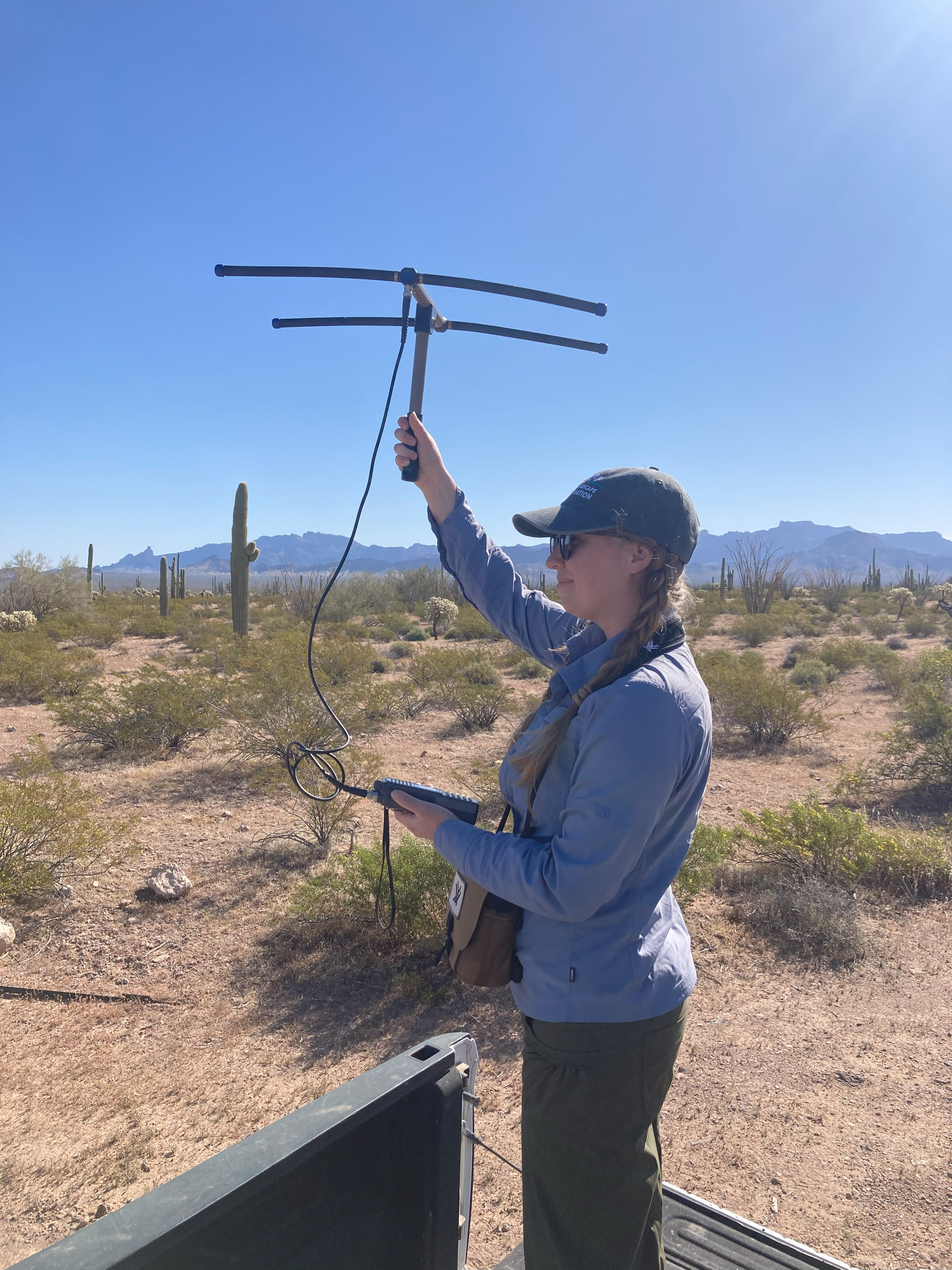
Following the workshop, Faselt wrote and outlined the next steps. Although 15 organizations were represented at the workshop, there is a recognized need to involve additional partners from both sides of the border. Faselt is currently finalizing a workplan to complement other ongoing efforts to conserve the Sonoran pronghorn. This workplan will be shared with workshop participants and other interested parties to encourage broad buy-in. Given the challenges of conducting a multi-country spatial analysis, the team is exploring creative solutions, with more details to come.
Additionally, the Center plans to compile and share publicly available spatial data on threats to the pronghorn (e.g., locations of solar development projects, canals) with other researchers and practitioners in the region. This will support conservation planning efforts for both the Sonoran pronghorn and other species.
The Sonoran Pronghorn Connectivity Project serves as a model for wildlife conservation and biodiversity in the Sonoran Desert and other transboundary biosphere regions. By prioritizing ecological connectivity and collaborative strategies, we can ensure the long-term survival of the elusive desert ghost and its habitat.
Top photo: Sonoran pronghorn – USFWS. All other photos by CLLC/Jamie Faselt unless otherwise indicated.
